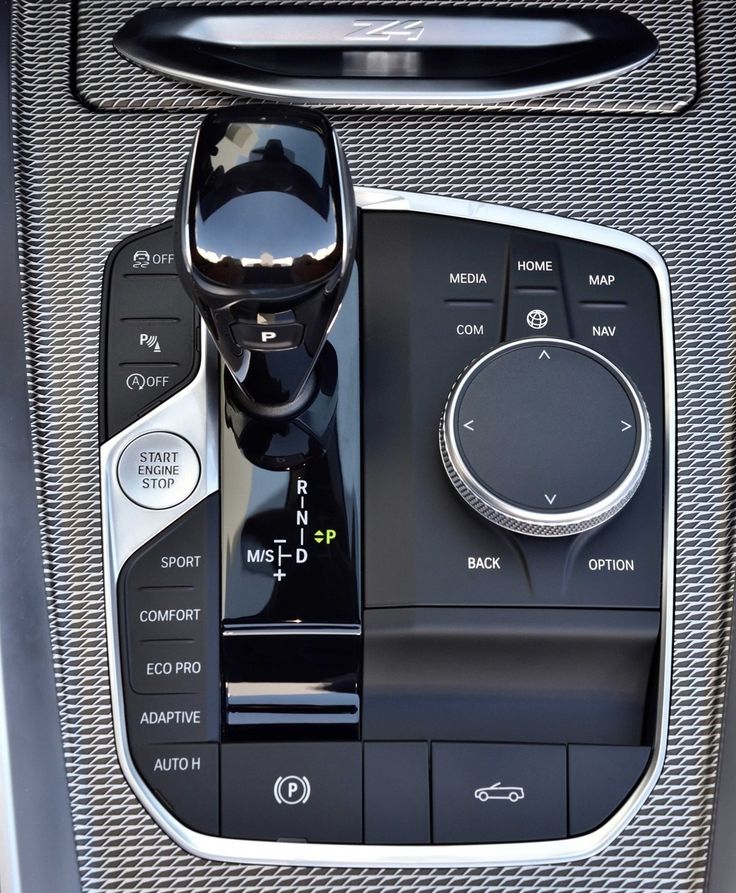In 2025, over 90% of new vehicles sold globally feature automatic transmissions that can analyze and adapt to individual driving patterns within the first 50 to 1000 miles of operation. Your gearbox isn't following a static program anymore.
It's watching you. ‼️
Modern automatic transmissions equipped with Transmission Control Modules (TCM) continuously monitor throttle position, brake pressure, acceleration patterns, and even how quickly you release the gas pedal. The system builds a digital profile of your driving personality and adjusts shift points, timing, and firmness accordingly.
"My transmission shifts completely different when my wife drives it," reports a BMW owner on automotive forums. That's not coincidence. That's artificial intelligence at work.
How Your Gearbox Learns Without Being Taught
The science behind adaptive transmission control centers on continuous data collection through multiple sensors feeding information to the TCM. The system doesn't operate on predetermined shift schedules like transmissions from previous decades.
Here's what your transmission monitors every time you drive:
- Throttle Input Patterns: How aggressively or gently you accelerate
- Braking Behavior: Your tendency to engine brake versus using the brake pedal
- Load Conditions: Whether you frequently carry heavy cargo or tow trailers
- Traffic Conditions: Stop-and-go versus highway driving preferences
- Temperature Variations: How components perform under different thermal conditions
The TCM processes this information through algorithms that adjust hydraulic pressure, shift timing, and gear selection strategies in real time. Ford's Adaptive Transmission Control system recognizes individual driving styles within minutes and continuously refines its parameters.
The THREE Phase Learning Process
Phase 1: Initial Calibration (0-50 miles)
The transmission starts with factory baseline settings and begins collecting basic driving data. Shifts may feel slightly firmer or softer than optimal during this period.
Phase 2: Active Learning (50-1000 miles)
The system actively adjusts parameters based on accumulated driving patterns. This represents the most noticeable adaptation period where drivers often comment, “The transmission finally feels right.”
Phase 3: Continuous Refinement (Ongoing)
The TCM maintains learned parameters while making micro-adjustments for changing conditions, seasonal variations, and evolving driving habits.
BMW's Adaptive Transmission Management (ATM) technology documents this learning process as continuously updating shift patterns based on detected driving style. Mercedes-Benz claims their adaptive systems increase drivetrain longevity by matching shift characteristics to actual usage patterns rather than generic programming.
When Multiple Drivers Confuse The System
"I let my teenager borrow my car and now it drives like a race car!" This common complaint illustrates both the capability and limitation of current adaptive systems. Most transmissions learn from the most recent driving patterns, creating conflicts when multiple drivers with different styles operate the same vehicle.
The solution involves understanding how to reset adaptive learning tables. Many manufacturers provide procedures through diagnostic tools, though some systems automatically detect pattern changes and adjust accordingly. Ford's 8F57 transmission can detect driving style variations and maintain separate adaptation memories for different operating conditions.
The Technical Reality Behind “My Car Knows Me”
Adaptive learning represents genuine artificial intelligence applied to mechanical systems. The transmission doesn't follow simple if then logic but employs machine learning principles to optimize performance based on statistical analysis of driving patterns.
Modern TCMs can differentiate between:
- Sport driving: Delayed upshifts, quicker downshifts, firmer engagement
- Economic driving: Earlier upshifts, gradual engagement, reduced shift frequency
- Towing mode: Modified torque converter lockup, altered shift points for load management
- Winter conditions: Reduced shift firmness, modified throttle response
"The transmission learns how much fluid and time it takes to apply each clutch pack individually," explains transmission specialist documentation. This level of component-specific adaptation represents sophisticated engineering that surpasses simple driver preference adjustment.
What This Means For Your Driving Experience
Understanding adaptive transmission behavior helps explain why your vehicle might shift differently after service, when borrowing someone else's car, or during break-in periods. The technology works, but requires patience during learning phases and awareness of how driving style changes affect transmission behavior.
"I reset my transmission's adaptive tables and now it shifts like a completely different vehicle," reports an F-150 owner after using diagnostic software. This demonstrates both the significant impact of learned parameters and the ability to start fresh when needed.
By 2025, artificial intelligence in automotive transmissions will expand to include real-time traffic analysis, weather pattern recognition, and predictive maintenance scheduling. Your transmission won't learn to shift based on your habits.
It will anticipate your needs before you realize them yourself. The era of passive mechanical systems has ended. Your gearbox now participates actively in every driving decision, making thousands of micro adjustments based on data you never knew it was collecting.
Next time someone says, "My car knows how I drive," remember they're describing measurable reality, not automotive mythology.

Comments (0)
Please login to join the discussion
Be the first to comment on this article!
Share your thoughts and start the discussion